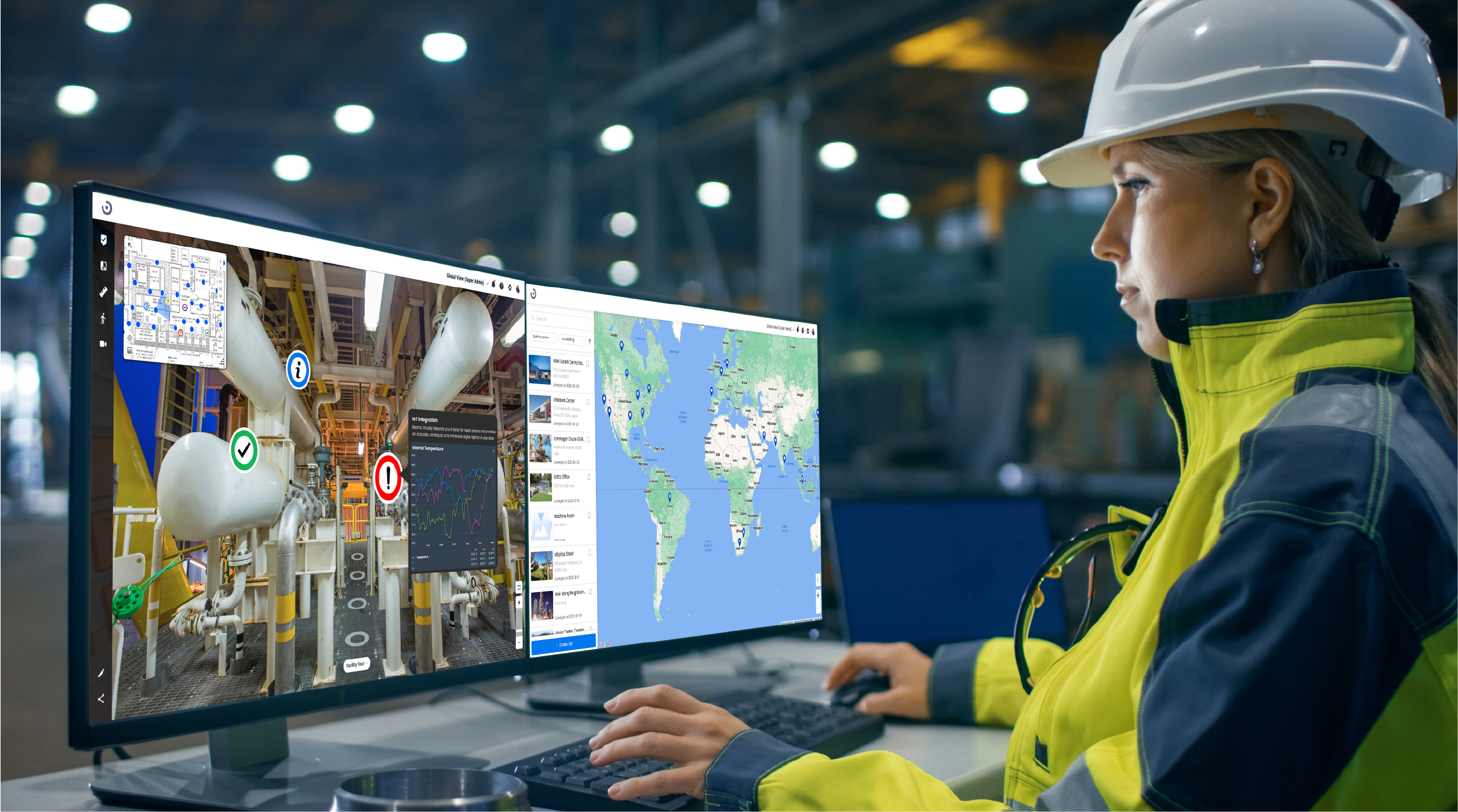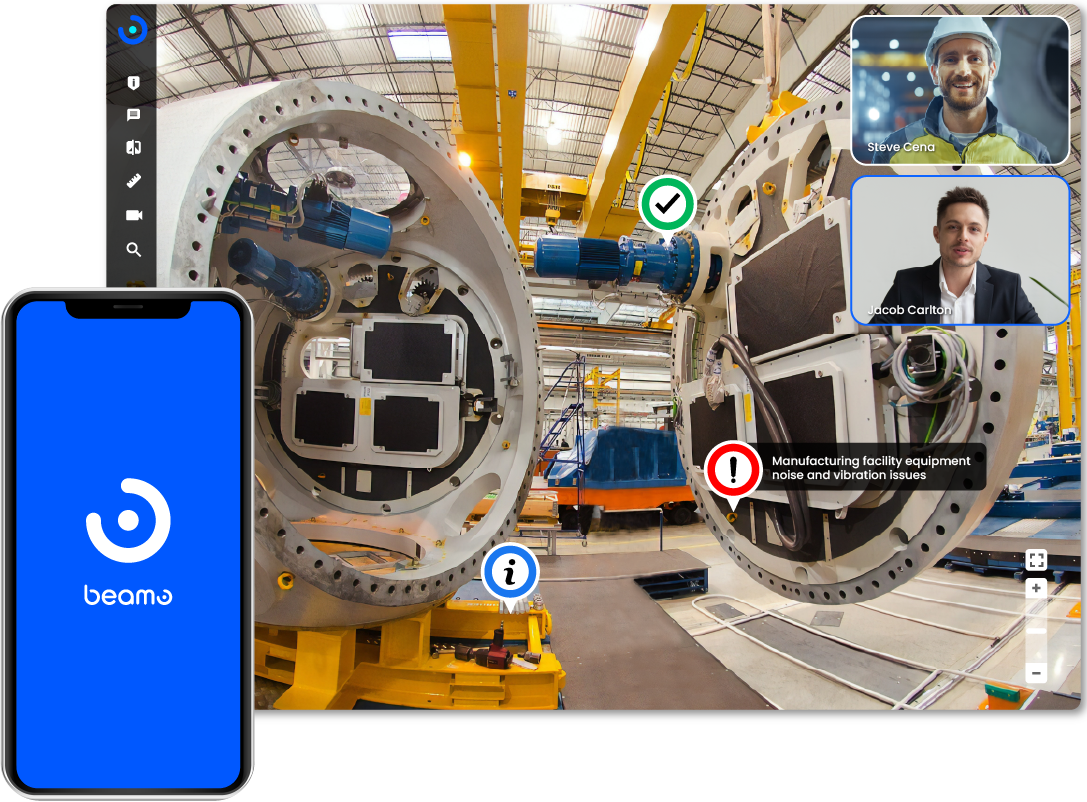A digital twin is a virtualized replica of a real-world facility or plant, hosted on-premises or in the cloud. It pulls data from a variety of sources, including real-time control systems, asset management systems, records of employee and customer interactions, and other sources. As more and more data becomes available through IoT implementations, the benefits of running a business with a digital twin are increasing. Companies are utilizing these digital twins to improve workflows, make proactive decisions for maintenance, and for continuous operational improvement and employee training.
How to adopt digital twin technology for digital transformation: On-premise vs Software as a Service (SaaS)
‘On-premise’ and ‘software as a service’ (SaaS) are the two main models for how software is delivered and managed. SaaS is a cloud-based software service with advantages such as faster build and deployment and easier maintenance. On-premises is software that is installed inside a company's systems and operated by the company itself, allowing for greater security and the ability to add needed functionality or modify existing functionality. Large-sized companies that want to operate and manage their own digital twins often choose a secure on-premise method, even if the initial investment and management burden are high.

On-premise
Software and hardware are installed and operated inside an organization's or user's internal facilities. Users are responsible for purchasing software licenses, installing the software themselves, and covering infrastructure and management costs. On-premise ensures data security and avoids confidentiality concerns, and allows for greater flexibility in customization based on the needs of the organization. However, it requires a higher initial investment and the user is responsible for maintenance and upgrades.
Software as a Service (SaaS)
The software is hosted on cloud-based servers, and users access it via the web. Users typically pay a monthly or annual subscription fee, and the software provider is responsible for all management and updates. With no upfront investment in infrastructure or software licenses, the service is quick to build and deploy and easy to maintain, including upgrades and security patches. However, it may be limited in terms of software customization and data security.
Advantages of on-premise for installing a digital twin platform
- Data ownership and management: On-premise solutions allow businesses to directly own and manage their data, providing greater control over data security and regulatory compliance. Particularly suitable for sensitive data or industries with strict regulations, the on-premise approach offers higher levels of control.
- Customization flexibility: On-premise solutions enable businesses to adjust and modify systems to meet specific requirements, allowing for flexible operations tailored to the needs of the business.
- Initial investment cost and long-term cost management: While on-premise solutions may entail higher initial investment costs, they often result in lower long-term software licensing and maintenance expenses compared to SaaS. This makes them a cost-effective option over time.
- Data localization and regulatory compliance: Certain industries may require data to be stored in specific regions or comply with particular regulations. On-premise solutions facilitate easier compliance with such regulations, providing greater assurance regarding data localization and regulatory adherence.

Beamo is an enterprise-grade digital twin solution that builds a 3D view of an industrial site based on 360-degree photos, and its main customers are mega corporations that need to manage large industrial sites or a large number of assets. Beamo offers a capture speed that is about 5 times faster than other solutions, and its post-processing speed is extremely fast, with the amount of data that would take 1-2 days on average with other solutions being processed in about 5-10 minutes. It can be mapped indoors where GPS is not available, and is being used in a variety of industries, including construction sites, facility management companies, data centers, and plants.
Learn more about Beamo